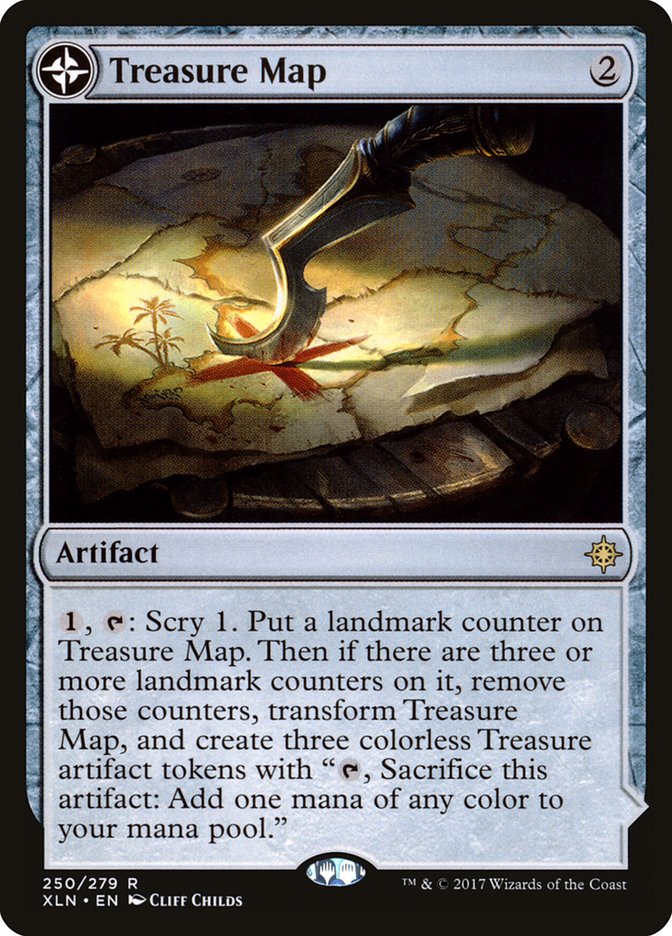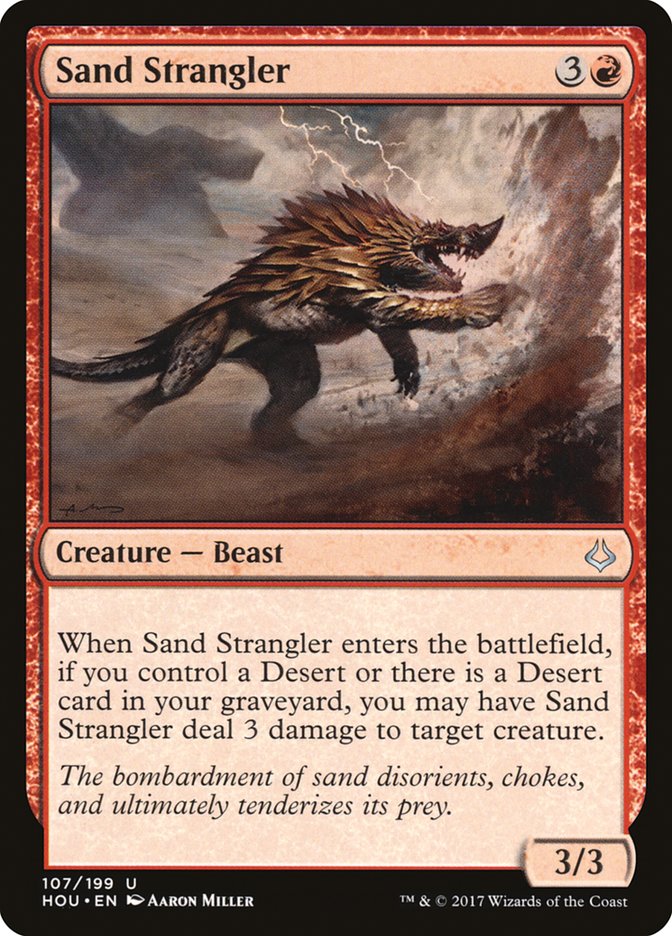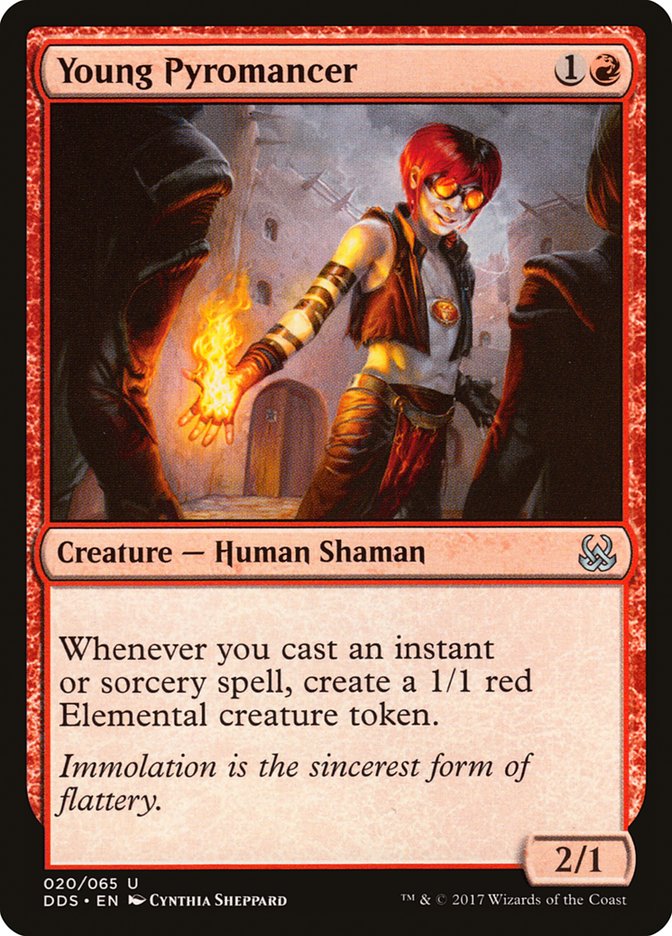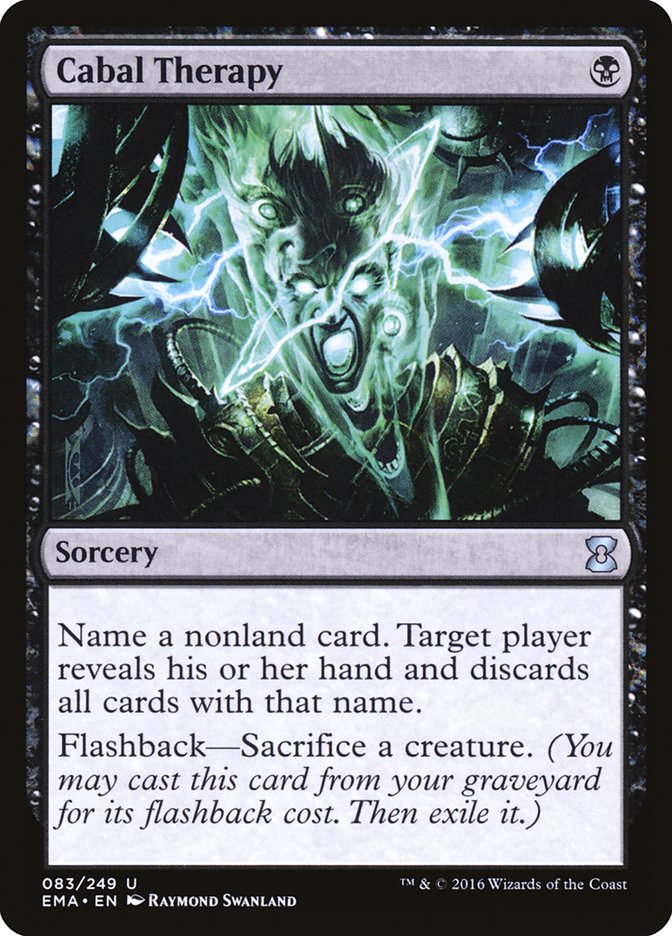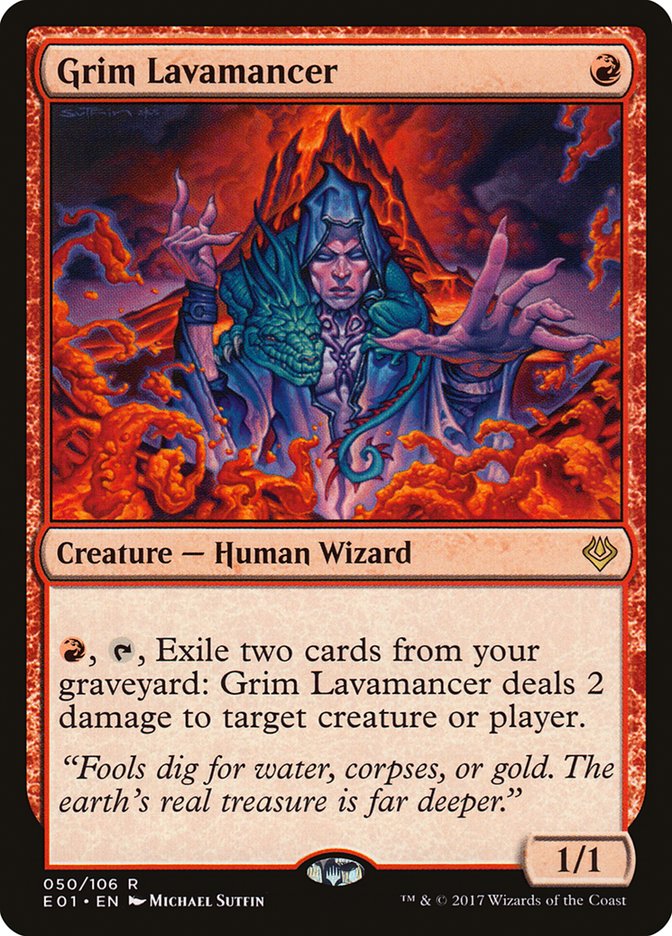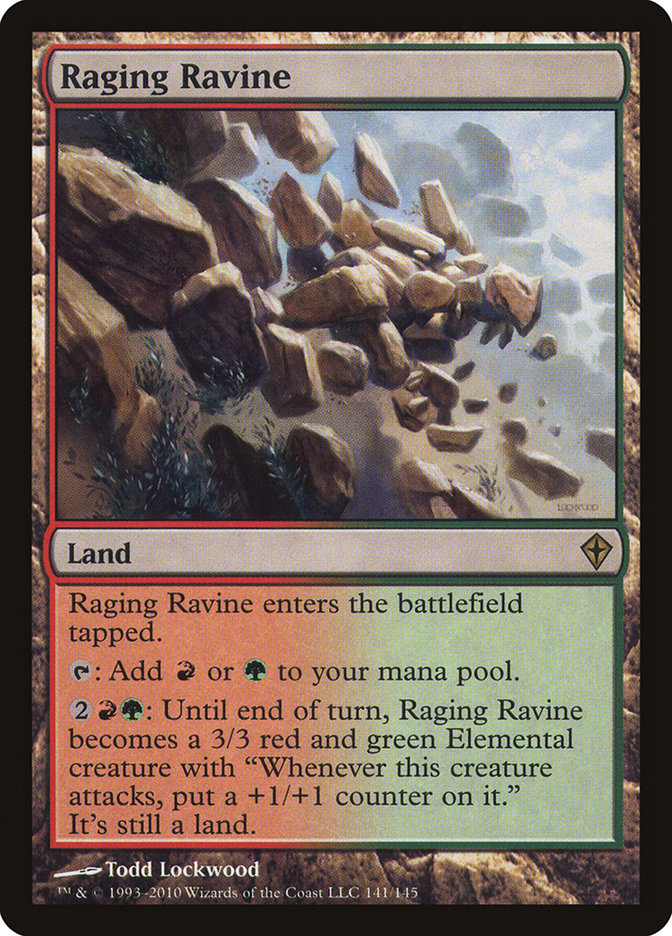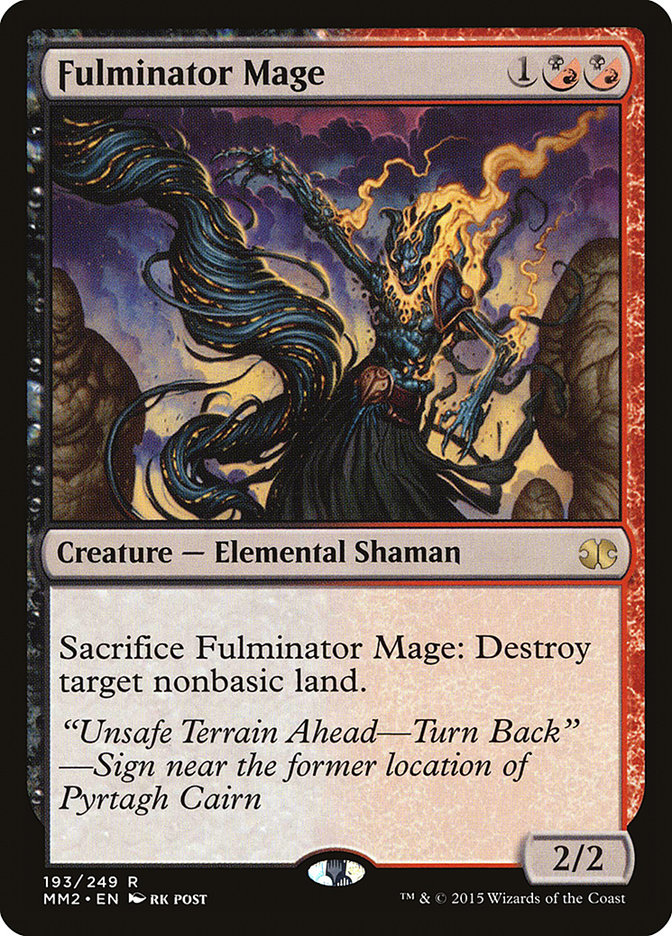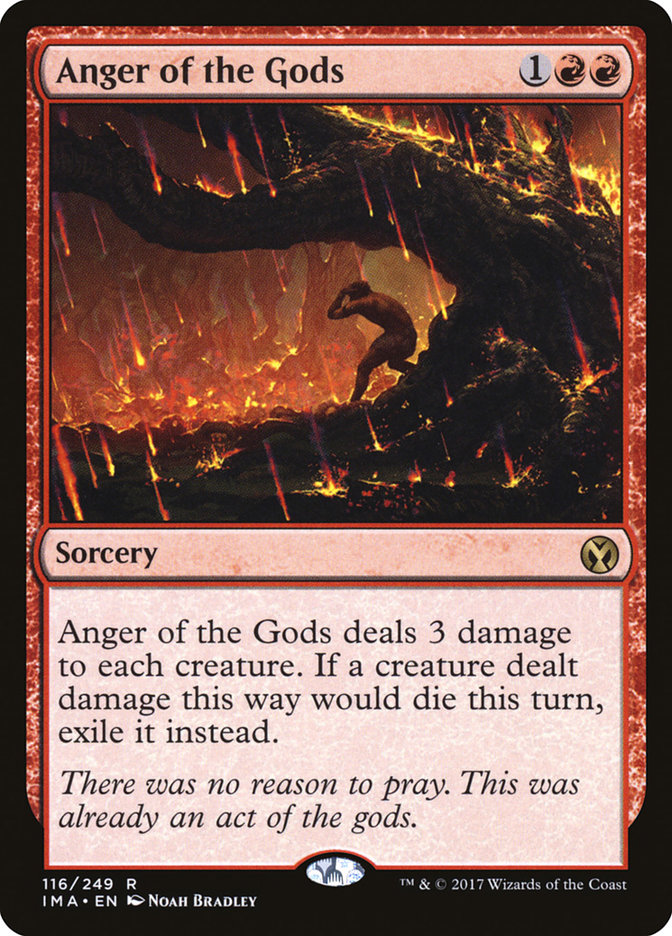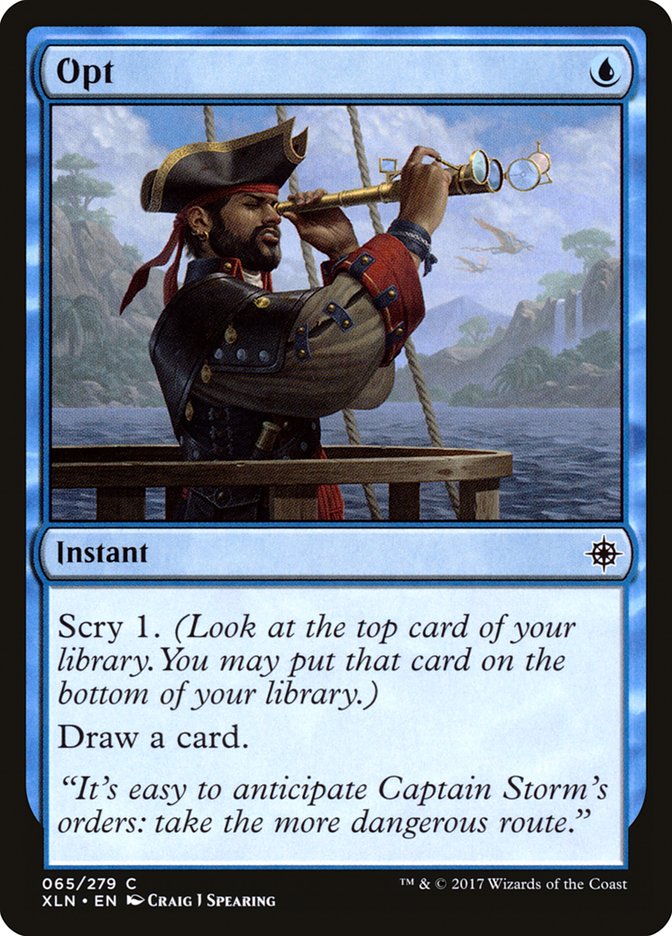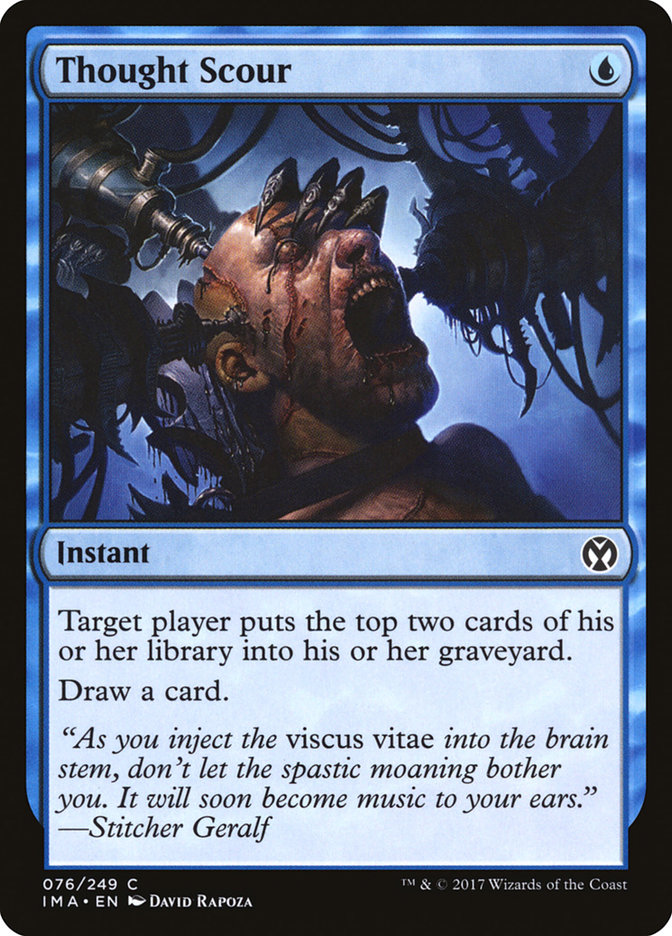This weekend, the SCG Tour is coming to Baltimore for a Team Constructed Open, and I couldn’t be more excited. Not only do I get to play one of the best formats for a tournament ever created, but I also get to play with my friends! Team tournaments are like no other, so make sure to head out to Baltimore this weekend.
Since SCG Baltimore is a Team Constructed tournament featuring the three major Constructed formats, there’s going to be a lot of information to digest before going into the event. And luckily, there have been quite a few events in each format in the last few months, so we have some data to work with.
My gut tells me that Standard and Legacy will be the two most important formats to pick the right decks for, simply because the volatility of Modern can make for some unlucky streaks. Maybe your deck isn’t all that great against Burn or Affinity and you awkwardly get paired against both for three or four rounds straight. In those scenarios, you need your other two pals to carry you to victory. Both Legacy and Standard have a lot more back-and-forth play, regardless of the matchup, which means there’s a lot of room to gain an advantage during in-game play.
Regardless, I’m going to cover the three decks I want my team to play this weekend. Much like you, I’m sure, they might not exactly be receptive to the idea, but that’s how team tournaments work. People will play the deck in their respective format that they think will give them the best chance to win. Whether or not those are the three best decks in their specific format is irrelevant. How a person plays a specific deck is much more important than the deck itself. For example, I’m currently leaning on Lands being the best choice for Legacy, but neither I nor my teammates can pilot it effectively. As such, we’re stuck going a different route.
My teammates for the event, and our format lineup:
Brennan DeCandio: Standard
Todd Anderson: Modern
Tannon Grace: Legacy
Let’s jump right into each format.
Standard
Everyone loves to hate Standard, but I’m actually quite enjoying it at the moment. My thoughts on Standard only go so far, and I talked extensively about Four-Color Energy last week, as well as my desire to play it.
Brennan is known for his grindy B/G midrange decks in Standard, which he’s played to great success over the last year. But with the format rotating out Battle for Zendikar and Shadows over Innistrad blocks, Brennan needs to be a little more receptive to the idea of playing an Energy deck. While it isn’t quite the same thing, both are midrange green decks with solid mana, powerful late-game spells, and removal that can clear most annoying threats. The games will last longer than usual, which gives him a chance to outplay his opponents. His sideboard can push him into a more controlling or more aggressive strategy, depending on the matchup.
I’ll be honest here, as I don’t want to seem misleading, but we’re also considering the “Big Red” deck that Ben Stark took second with at Grand Prix Atlanta last weekend.
Creatures (19)
- 4 Bomat Courier
- 2 Kari Zev, Skyship Raider
- 3 Glorybringer
- 1 Hazoret the Fervent
- 3 Soul-Scar Mage
- 3 Sand Strangler
- 3 Rampaging Ferocidon
Planeswalkers (3)
Lands (25)
Spells (13)

While we haven’t yet tested the deck ourselves, that’s what I’ll be doing all night tonight to see just how good (or bad) the deck actually is. Ben Stark deserves a lot of credit as a player, but this deck could start to bolster his credibility as a deckbuilder. From what I’ve heard, he’s the only person on his team who played the deck, and everyone else thought he was crazy.
My gut tells me that the “Big Red” deck is solid, and ultimately just a maindeck version of what the deck often looks like after sideboarding. He has more physical Deserts to turn on Sand Strangler, effectively turning it into Flametongue Kavu (one of my all-time favorites); more removal; and something I never thought I’d see in an aggressive deck:
And truly, I don’t get it. I’ve seen people try to use Treasure Map in conjunction with Marionette Master, but here it just feels like a strange ramp spell that could end up drawing you three cards. As a deck with a potential late-game burn element, this seems a little appealing, but I’m not sure it makes as much sense as just playing a few more early creatures. Perhaps I’m missing something.
If we end up playing the Desert Red deck, we’ll probably make a few changes. Here’s where I’m going to start in testing.
Creatures (21)
- 4 Bomat Courier
- 3 Kari Zev, Skyship Raider
- 2 Glorybringer
- 1 Hazoret the Fervent
- 4 Soul-Scar Mage
- 3 Sand Strangler
- 4 Rampaging Ferocidon
Planeswalkers (3)
Lands (25)
Spells (11)

Legacy
As I mentioned earlier, if you have Jody Keith or Jarvis Yu on your team, you should probably be playing Lands in Legacy. The deck just utterly dominates most midrange blue decks and has a lot of sideboard options to help fend off faster combo decks. And with Deathrite Shaman being the talk of the town, I fully expect to see a bunch of midrange blue decks at this event.
For us, as I’ve said, we’re resigned to playing something a little more tuned to Tannon’s playstyle. If you don’t know (The) Tannon Grace, he’s been playing Delver of Secrets in Legacy for as long as I’ve known him. And, right now, Delver of Secrets seems to be all the rage, and especially so in tandem with everyone’s (least) favorite Elf.
A match made in Heaven (Hell).
But because this pairing is so powerful, I feel rather confident in Legacy with Tannon at the helm. Having access to Deathrite Shaman also makes you more flexible after sideboarding, which is important in the Deathrite Shaman mirrors. But Tannon is known to be a little wily when it comes to building his Delver decks. I just hope he doesn’t try to slip a couple of Stifles in there while I’m not paying attention.
(Hopefully) Tannon will end up playing this…
Creatures (14)
Lands (18)
Spells (28)

I have never liked Spell Pierce in Legacy when you have the option to play Cabal Therapy. I like having some counterspells in the form of Daze and Force of Will, but I despise leaving mana on the table. With Spell Pierce, you’re leaving back a mana each turn in order to prevent “the worst,” which is usually your opponent implementing some combination of cards that virtually or literally ends the game on the spot. Instead, I want to diversify my disruption.
We already know just how good Cabal Therapy is with both Young Pyromancer and Gitaxian Probe. Not only do you get to make a token (that you can immediately sacrifice, if you want), but you also usually know their hand before you cast the powerful discard effect, ultimately stripping your opponent of two or more important spells. And when you combine that with the stopping power of Force of Will, your disruption bases should be covered.
Fatal Push seems like an obvious inclusion, but there are definitely reasons to leave it on the bench. One of the strengths of Lightning Bolt is that it can be thrown at your opponent’s face to close the game, and with combo decks being such a big part of the format, Fatal Push can be rather weak. But I can only lose to Tarmogoyf so many times before I start to pull my hair out, so here we are.
Grim Lavamancer is one of the most underrated cards in the format, and I would rather play three than zero. Not only does it obliterate Stoneforge Mystic decks, but it will dominate just about any creature-based strategy thrown at you. Aside from the errant True-Name Nemesis, Grim Lavamancer should dominate the battlefield in much the same way that Deathrite Shaman dominates mana advantage. The fact that Grim Lavamancer also trumps an opposing Deathrite Shaman is just another checkmark on the list of reasons to play it. It also helps a ton in some of your more difficult matchups like Death and Taxes and Elves.
While I’m shying away from True-Name Nemesis here, I want to clarify that I don’t think the card is very good without access to Umezawa’s Jitte. Three mana for a three-power clock is not all that exciting, regardless of how tough it can be for your opponent to interact with. You have Young Pyromancer to put up roadblocks on defense, and I don’t think I’d pay three mana for an emblem that dealt my opponent three damage every turn in a deck like this. It’s possible that I’m way off base here, though.
Modern
And now we come to my format, and the point where I shrewdly suggest playing something with Tarmogoyf, Snapcaster Mage, and possibly some red cards. If only Death’s Shadow weren’t such an integral part of the Modern metagame…
But alas, Lightning Bolt (and most red spells) don’t kill Death’s Shadow, so Temur Box is dead for the time being. Instead, I’m going to fall back one of these two decks for the Modern portion of the tournament. But first, I want you to look at the most recent Magic Online PTQ results and tell me what you think.
Perhaps I was a bit hasty in calling the Humans deck a pile of garbage. Perhaps it isn’t as easy as I thought it would be to beat the deck. I’m not afraid to admit when I’m wrong. Regardless, now that it is a deck to worry about, I think I might move back to an old favorite.
Creatures (13)
Planeswalkers (4)
Lands (23)
Spells (20)

While Jund has fallen off a bit thanks to Death’s Shadow being a much more aggressive version of nearly-the-same-thing, I think it’s time to take a step back. Sometimes slower is better, and especially so when you don’t need to be dealing yourself eight or more points of damage per game. With decks like Affinity making a comeback (and the aggressive Humans strategy), it might be prudent to protect your life total instead of trying to close games out quickly.
Plus, Liliana of the Veil is tight.
Much like in Legacy right now, Grim Lavamancer is poised to make a return. I’m happy including it in the above maindeck, if only to help deal the last few points of damage against an opposing Death’s Shadow deck. But it does so much more than that, absolutely destroying opponent who come to the table with a swarm of small creatures. And, like in Legacy, there are plenty of creatures who fall to the little Lavamancer.
As for the rest of the deck, it’s pretty straightforward. Running no four-drops means we can trim a land. No 24th land means fewer Raging Ravines. Fewer Raging Ravines means we hit on curve more often. While Raging Ravine helps win the longer games, we have Scavenging Ooze and Grim Lavamancer for ways to use excess mana. I’ve never been a huge fan of Raging Ravine, so I’m always happy to find reasons to trim a few. While most people prefer four, I lean toward three at the most.
The sideboard doesn’t have Fulminator Mage, and that’s a conscious decision on my part. If I play against Eldrazi Tron, I don’t want to try beating them on the mana front. I want to do it by hitting their key spells with discard, killing one or two big threats, and dodging stuff like Karn Liberated. As you can probably tell, without Abrupt Decay I might have some problems topping a resolved Chalice of the Void, but it isn’t impossible. Abrupt Decay is a little too weak in the format right now to deserve inclusion, so I’m opting for the fourth Terminate and another Lightning Bolt instead.
Anger of the Gods is also missing, but that’s mostly because I already have three total copies of Grim Lavamancer to help there. I’ll be missing it against stuff like Dredge, for sure, but hopefully the fourth graveyard hate card can pick up the slack.
The other deck I’m considering is boring old Grixis Death’s Shadow. If you’re into that sort of thing, this is the list I recommend.
Creatures (16)
Lands (19)
Spells (25)

The maindeck has a few more removal spells, upping the total count of Lightning Bolt to reflect the change in the metagame back toward smaller creatures. Stuff like Spell Queller can be a pain in the neck, but other Modern strategies featuring small creatures are starting to make a serious comeback. While I think Fatal Push is still much stronger in general, Lightning Bolt is slowly gaining back some of its lost credibility.
The sideboard’s biggest change is Disdainful Stroke. While it isn’t exactly ideal against a number of combo decks in the format, it gives you a solid way of interacting with stuff like Primeval Titan. And the combination of Disdainful Stroke, Stubborn Denial, and Ceremonious Rejection makes me a feel a little safer against the field. All three have diminishing returns, so I’m pretty happy playing a few of each.
Aside from that, it’s fairly close to the version most people have been playing for the last year or so. Opt has been a recent inclusion in a few versions, but I’m not sold yet. After playing with a version that had a few fewer lands and a couple of copies of Opt, I felt like I just didn’t have enough lands to fetch out of my deck. This problem was exacerbated by stuff like Thought Scour taking them out of the equation. While Opt is a fine card and deserves some space in other blue control decks, I don’t think it goes here. Serum Visions is a much stronger card if you’re planning on tapping out most turns (which we do).
So yeah, not everything is set in stone yet. We have a few days left, and some time to practice with our respective strategies. I’m sure that, together, we’ll be able to find the best configurations of each. My goal is to have us all agree on the card choices in each deck. If we don’t, then something needs to change. We need to find middle ground and all be on the same page. After all, this is a team event, and I want us to all go into the tournament thinking that we’ve all had our voices heard. The alternative is having each player “take care” of one format, which can ultimately put too much pressure on one player over another.
After this tournament is Thanksgiving, and I will be traveling next week to see family. My next event after SCG Baltimore, and likely the last event I go to this year, is the Season Two Invitational right here in Roanoke, VA. How has 2017 gone by so fast? And with 2018 on the horizon, I’m left contemplating the future. If you haven’t checked out my channel on Twitch yet, I have been streaming a bit lately. And starting next year, I plan on making streaming a regular occasion (two to four times per week). If you’re into that sort of thing, give it a follow.
Thanks for reading and good luck this weekend in Baltimore!


